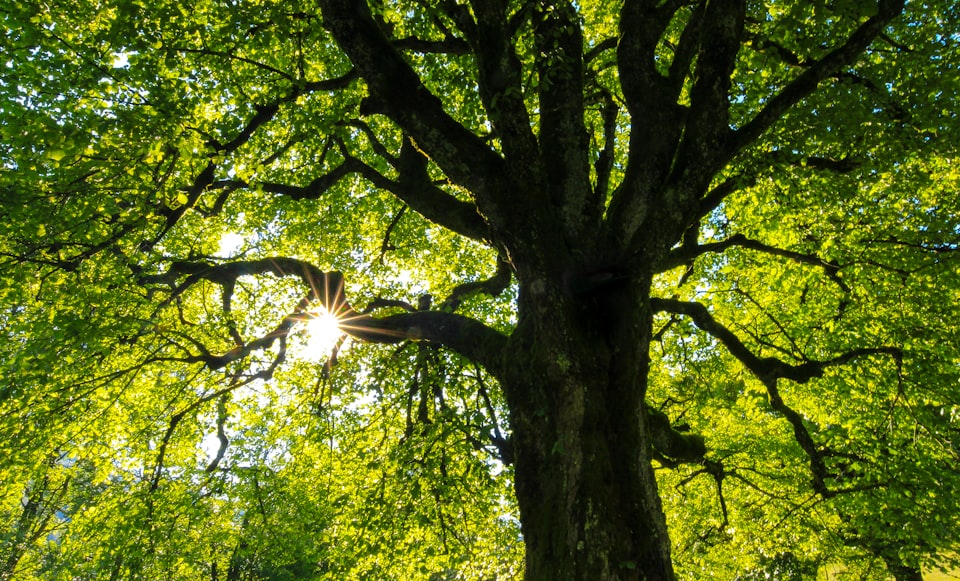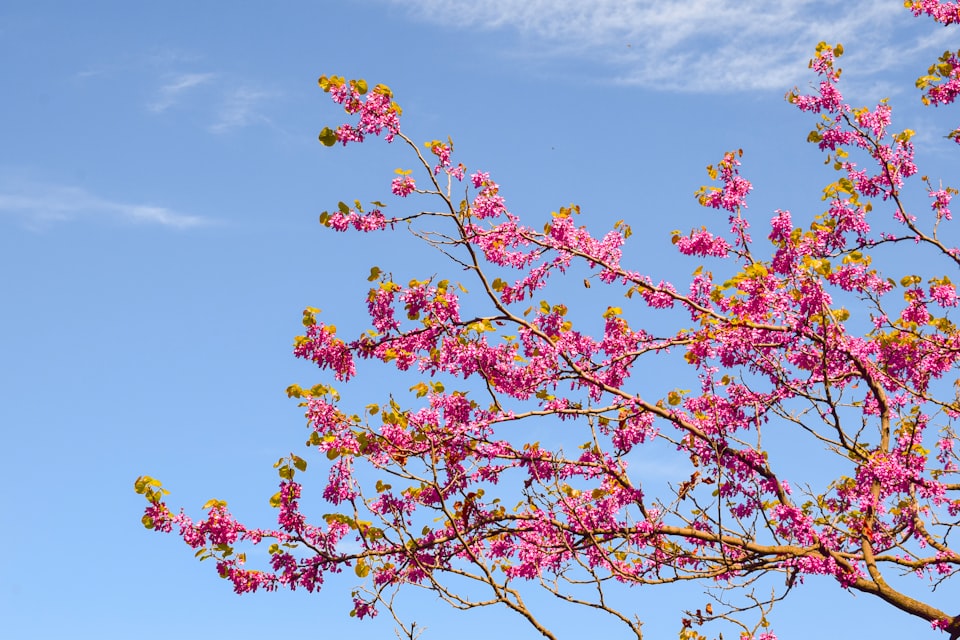VII: Cork
Cork isn't harvested the way you think.

Good morning. Today is septidi, the 27th of Frimaire, Year CCXXXI. We celebrate le liège, a material made from tree bark that makes an excellent filler.
It's illegal to cut down a cork tree in Portugal, and Portugal is where nearly all of them grow. Look up a distribution map of the cork oak (Quercus suber), and it looks like Jackson Pollack flung a glob of paint at Portugal, hit it, and the remaining splatter sprayed across the Mediterranean coastlines of Europe and Africa. So if most of the cork oaks in the world can't be cut down, where does cork come from?
That's the remarkable thing. You don't need to chop down a cork oak to harvest its spongy wood. In fact, the good stuff is sheared away, like a sheep's wool, and the tree breathes and relaxes as if thankful for the pruning. Cork is one of the only truly sustainable timber practices that nature allows.



